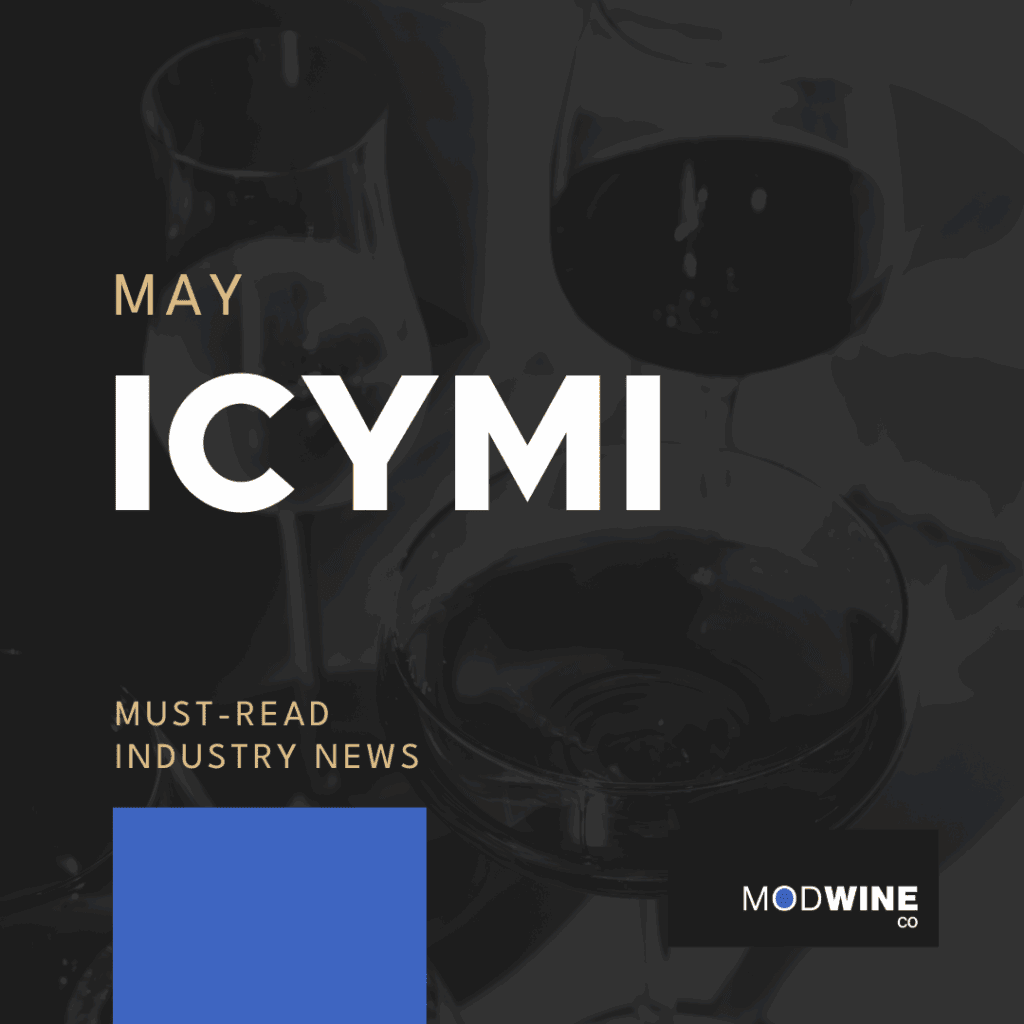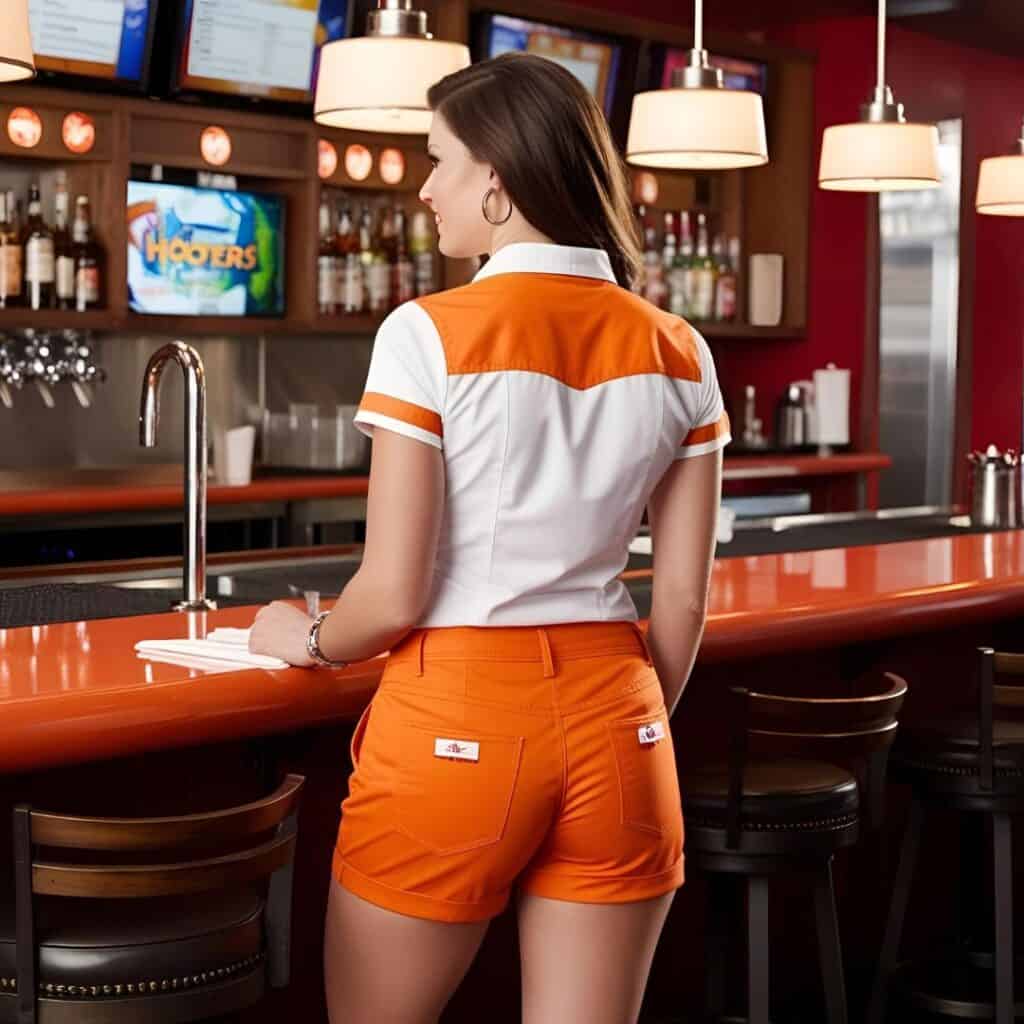Email marketing for restaurants and wineries isn’t new. But in 2025? It’s your most powerful, profitable, and legally sound marketing tool… if you know how to use it right.
While social media algorithms spin in circles, AI floods our feeds, and TikTok reach has the lifespan of a ripe avocado, there’s one channel that keeps showing up and delivering ROI: email.
In fact:
- There are 4 billion daily email users today. That’s expected to hit 4.6 billion by the end of 2025.
- Email delivers $36–$42 ROI per $1 spent, with some campaigns reporting ROI as high as 3800%.
- Email marketing delivers the highest ROI of all digital channels, generating up to $38 for every $1 spent in the hospitality industry.
And by 2027, there will be 4.89 billion global users. That’s over half the planet. Your audience isn’t just on social media, they’re in their inbox and ready to engage.
Why Email Marketing Still Matters in 2025
If you’ve got an email list? It’s filled with warm leads just waiting to hear from you. They’ve opted in because they care about what you’re pouring, plating, or planning next.
If your idea of email marketing is attaching a monthly PDF with your hours in Times New Roman, you’re missing the mark. PDFs aren’t mobile-friendly, can’t be tracked for performance, and often land in spam. Plus, outdated fonts and bland design don’t reflect the quality of your brand, especially in food, wine, and hospitality where visuals and polish matter.
Effective email marketing for restaurants and wineries is about delivering clear, clickable, on-brand content that drives bookings, sells wine, and keeps your guests coming back.
The Problem: “We Have a List… We Just Don’t Use It”
We hear it all the time:
“We don’t want to bug people.”
“We don’t have time to design emails.”
“We’re not sure what to say.”
Here’s the truth:
If you’re not talking to your audience, someone else is. Probably that wine brand with the full-time comms team and prettier photos.
Building a CASL-Compliant Email List in Ontario
Before you hit send, here’s what you need to know:
Canada’s Anti-Spam Legislation (CASL)
You must have:
- Express consent: someone opted in via a form, checkbox, or email
- Implied consent: they’ve made a reservation, attended an event, or purchased from you within the last 2 years
You must not:
- Buy or rent email lists
- Send emails without an unsubscribe link
- Keep emailing anyone who’s opted out
Penalties? Up to $10 million per violation. It is absolutely worth checking that list.
Start Here: Your 6-Step Plan for Email Marketing for Restaurants and Wineries
If your list is gathering dust, start with this plan:
Step 1: Audit + Scrub Your List
- Remove bounced, inactive, or unengaged subscribers
- Send a re-engagement campaign if you’ve ghosted your list (“Still want to hear from us?”)
- Keep only CASL-compliant subscribers
💡 A smaller, engaged list always beats a big, dead one.
Step 2: Pick Your Email Platform
Your platform should match your goals—and your tech comfort level.
Whether you’re managing a Shopify store or simply need something simple and reliable, the platform you choose for email marketing can impact how effective (and effortless) your campaigns feel.
The best platform is the one you’ll actually use—and that supports your business as it grows.
Choosing the right email marketing platform is about balancing ease, features, and future needs. If you’re like most food and beverage businesses in Ontario—especially those selling online—you’re probably already using Shopify. If that’s the case, Shopify Email is a solid starting point.
Start Simple with Shopify Email
If you’re already on Shopify, Shopify Email gives you a built-in, beginner-friendly way to manage campaigns without leaving your admin.
- Free to Start: Shopify plans include 10,000 free emails/month
- User-Friendly: Templates, drag-and-drop design, and direct product links make it easy to launch campaigns quickly
- Basic Automation: Set up welcome emails, cart reminders, and product recommendations with minimal setup
- On-Brand: Emails match your site’s look and link directly to your products
A great starting point if you’re new to email or just want something that works without too much tech fuss.
Step 3: Level Up with Third-Party Platforms
For wineries, restaurants, and hospitality businesses that want more than the basics—think segmentation, loyalty flows, multi-channel campaigns—third-party tools offer more depth and flexibility.
Here are some of the top performers we recommend based on real results in email marketing for wineries and restaurant email marketing strategy:
- Klaviyo: Built for e-commerce, with powerful segmentation, automation, and analytics
- Omnisend: Combines email and SMS, great for promotions and loyalty campaigns
- ActiveCampaign: Combines email with CRM tools—great if you have complex customer journeys
- Mailchimp: Flexible, user-friendly, and easy to integrate with dozens of platforms
These platforms often include:
- A/B testing
- Smart segmentation
- Pre-built automation flows
- Detailed analytics
- Integration with POS, reservation, or inventory systems
Best for businesses ready to get serious about personalization, loyalty, and long-term email ROI.
How to Choose
- Stick with Shopify Email or your basic platform if you’re just getting started and want something easy and cost-effective.
- Switch or upgrade if you’re ready to dig into advanced features or if your list is growing and your campaigns are getting more strategic.
The goal is to pick a platform that supports your brand today, but doesn’t hold you back tomorrow.
Not everyone on your list wants or needs to hear the same thing. Segmented emails get 30% more opens and 50% more clicks because they feel personal, timely, and relevant.
Start simple by breaking your list into groups like:
- Restaurant guests (locals vs. out-of-towners often want different offers or info)
- Wine club members (who expect insider access, not general promotions)
- Online buyers vs. in-person visitors (tailor offers based on how they shop)
- Event attendees (great for follow-ups, VIP invites, or review requests)
- Newsletter-only subscribers (light-touch updates and brand-building stories)
Smart segmentation is the secret sauce of email marketing for wineries and a key driver of success in email marketing for restaurants. The more relevant your message, the better your results.
Step 4: Build a Content Calendar (Minimum 1x/month)
Consistency is key. Sending at least one well-timed, value-packed email each month keeps your brand top of mind and your audience engaged. Think of your content calendar as your roadmap for staying relevant while nudging subscribers to act.
Here are a few timely campaign ideas for April + May to kickstart your planning:
- 🍷 “Spring Release is Here” – Highlight tasting notes, food pairings, and limited pre-orders to drive early interest.
- 🧀 “Long Weekend Pairings” – Bundle crowd-pleasers for Victoria Day and suggest easy at-home experiences.
- 🎟️ “Private Events You Didn’t Know You Could Book” – Remind subscribers your patio, cellar, or dining space is perfect for showers, birthdays, and group tastings.
- 🌸 “New Menu Preview” – Tease seasonal dishes with behind-the-scenes chef notes or ingredient spotlights.
- 💌 “Mother’s Day: Yes, We’re Open” – Push for early bookings and upsell with giftable add-ons like flowers, wine flights, or dessert pairings.
Whether you’re building momentum for your next release or filling tables on a long weekend, every email should have one clear CTA—buy, book, reserve, or read more. No distractions. No clutter. Just great email marketing for wineries and email marketing restaurants that gets results.
Step 5: Automate the Essentials
If you’re not using automation, you’re leaving money and time on the table. Automating a few key touchpoints ensures your guests feel seen, appreciated, and encouraged to come back—without you lifting a finger every time.
Start with these high-impact automations:
- Welcome email – With open rates as high as 68.6%, this is your best chance to make a strong first impression and guide subscribers toward their next action.
- Abandoned cart or reservation reminders – Gently nudge guests who left mid-checkout or didn’t complete a booking. These are some of the easiest conversions to win.
- Thank-you emails – A quick note after a visit or purchase can increase repeat business and is a prime time to ask for reviews or referrals.
- Birthday or milestone rewards – Celebrate your subscribers with a small gift or offer, and watch loyalty grow.
Effective email marketing for wineries and email marketing for restaurants doesn’t require a big team, it just requires smart systems. Automation = less work, more revenue.
Step 6: Track, Tweak, Repeat
Once your campaigns are live, don’t just hit send and hope for the best. Ongoing performance tracking is what separates random emails from strategic email marketing for wineries and high-converting email marketing for restaurants.
Here’s what to measure—and what to aim for:
- Open rate goal: 25–40% (Higher for segmented or automated emails)
- Click-through rate (CTR): 3–9% is solid (Higher if your content is hyper-relevant)
- Unsubscribe rate: Keep it under 0.3%. Higher? Time to reassess tone, frequency, or targeting.
Regularly test:
- Subject lines – First impressions matter
- Send times – Try Thursdays or Fridays between 10–12 PM (proven sweet spot)
- CTA buttons – Wording, placement, and design all impact clicks
Small changes make a big difference. Use your data to refine what’s working and confidently cut what’s not. The best email marketing strategies evolve—and so should yours.
What to Stop Doing Immediately
- Attaching menus as PDFs: no one opens them, and they don’t work on phones
- Sending 1 email every 6 months: that’s ghosting, not marketing
- Writing emails like a press release: be human, not corporate
What is a Good Open Rate for Email Marketing?
- Open rates vary by industry, and Ontario’s food and beverage scene is no exception. Here’s what the benchmarks tell us:
- Restaurants: Aim for 30–40% open rates. This reflects strong customer interest, though recent economic pressures like reduced dining budgets can sometimes lower engagement.
- Wineries/Breweries/Distilleries: You’re in luck. These brands often hit 60%+ open rates, especially when sending club updates, event invites, or exclusive offers. The niche and loyalty factor really shines here.
- Canada-Wide Benchmark: Across all industries, anything above 25% is considered good. F&B businesses consistently outperform that because people actually want updates, offers, and invites from brands they trust.
Pro Tip: Automated and personalized emails (like birthday offers, loyalty updates, or order confirmations) often outperform mass emails by a long shot.
Stats to Back It Up
- F&B brands that personalize emails see 29% higher open rates
- Smartphone-friendly design boosts conversion significantly
- Interactive content (like image carousels or quizzes) increases click rates by up to 300%
- Post-visit emails can boost tasting room conversions by up to 40%
Translation? Your newsletter is a revenue stream, not a courtesy.
Why Email = Control
In a world where everything can change weekly, email gives you:
- A direct, personal connection
- A reliable way to convert traffic into sales
- A fully owned channel—no third-party rules, no platform takeovers, no gatekeeping
Your Action Checklist
| Task | Timeline |
| Scrub and audit your list | This week |
| Choose your platform | This week |
| Segment your subscribers | Next week |
| Draft 1-2 campaigns | Bi-weekly or monthly |
| Automate key touchpoints | Within 30 days |
| Track + tweak performance | Ongoing |

Want Help? That’s Literally Our Job.
If your to-do list is too long or overwhelming, we can take email off your plate.
We can help you:
- Build email strategies that actually sell
- Design automated flows and campaigns
- Write copy people actually read
- Keep you CASL-compliant and revenue-ready
You’ll look good.
You’ll sell more.
And you’ll finally stop saying, “We should really send a newsletter.”
Reach out for a no-pressure audit or consultation.



